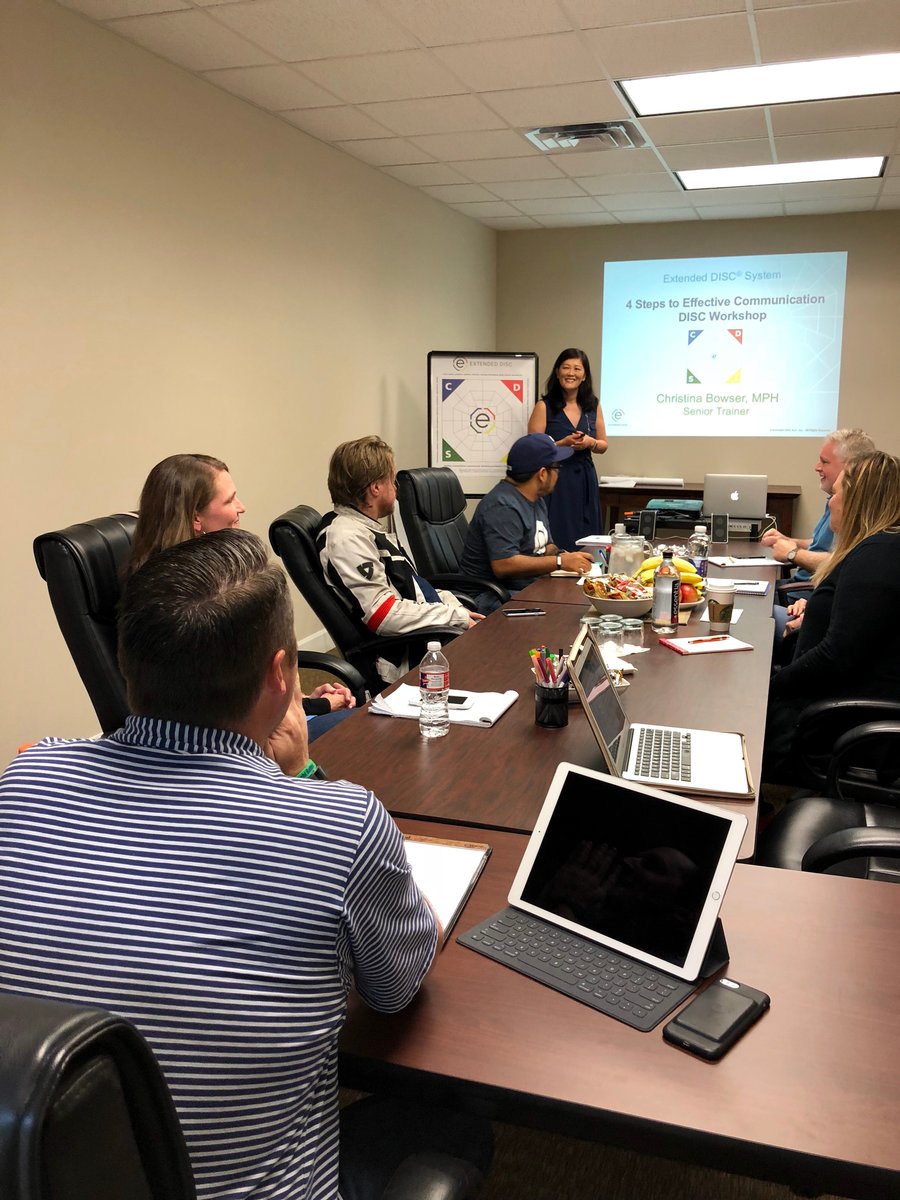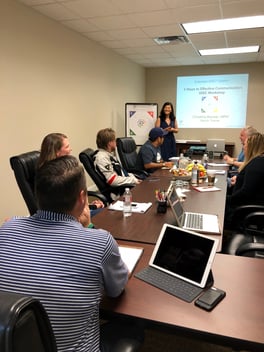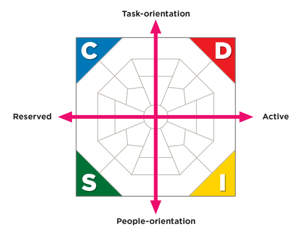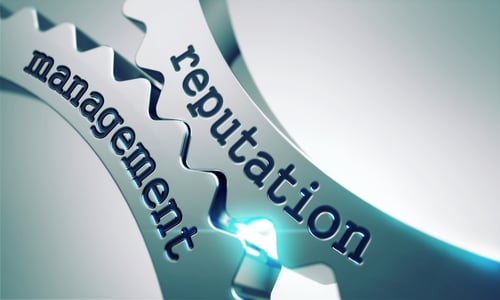
Blog

Learning How to Communicate Based on our Differences

As a client account manager at adWhite, I spend a majority of my day working with various clients as a critical part of their marketing efforts. Recently, I got to go deeper with one of my favorite clients, Extended DISC®, by taking their assessment and going through some training to understand how to read the results. It was a fascinating experience.
I vaguely remember taking the DISC profile when I started my first position out of college. Then, I was just pleased to have an offer of employment after completing the individual assessment. Fast-forward to 2018, and I am beginning to understand just how valuable this 10-minute assessment really is for both my personal and professional development. What I find most intriguing is that this tool measures your hard-wired behaviors and styles of communication, and gives you insight on how to modify your behavior and communications when speaking to someone who has a different style. As so graciously stated by Elizabeth Gilbert, "embrace the glorious mess that you are." Once we accept who we are, we have undoubtedly opened up the potential to effectively communicate, influence and motivate others in our interactions.
Senior Trainer and Project Manager Christina Bowser, MPH with Extended DISC® North America trained our team on what the Extended DISC® system is based on, how we can modify our behaviors to have better communications with each other and our clients, and — most importantly — how to recognize these behavioral styles in others.
These styles are called: D-Style (Dominance), I-Style (Influence), S-Style (Steadiness) and C-Style (Conscientiousness).
Each style is unique with various traits and tendencies and, while we may have a natural comfort zone in one style, we each embody these four traits. After learning that my hard-wired tendencies are I-Style (60%) and S-Style (40%), I find it intriguing to know that the traits listed in those styles seem to line up impeccably. While going through the training, we were taught how to adjust our style for improved communications within our team. While these adjustments may require more energy up-front, over time they become more natural. I am motivated to learn how others operate within my team, along with each of my clients. How much more valuable will our client engagement be if we just take the time to find out how they like to give and receive information? While some clients may want bullet points, others may expect a very detailed email.
If you have taken the Extended DISC® assessment, I would love to hear your thoughts and comments below. For those who don't know me, I am positive — my cup overflows, I am talkative and caring. While I am sincere in my communications, I may get distracted by bright and shiny objects … oh look, there's a puppy!
Subscribe to email updates
Related Articles

Topics

Topics

Topics







